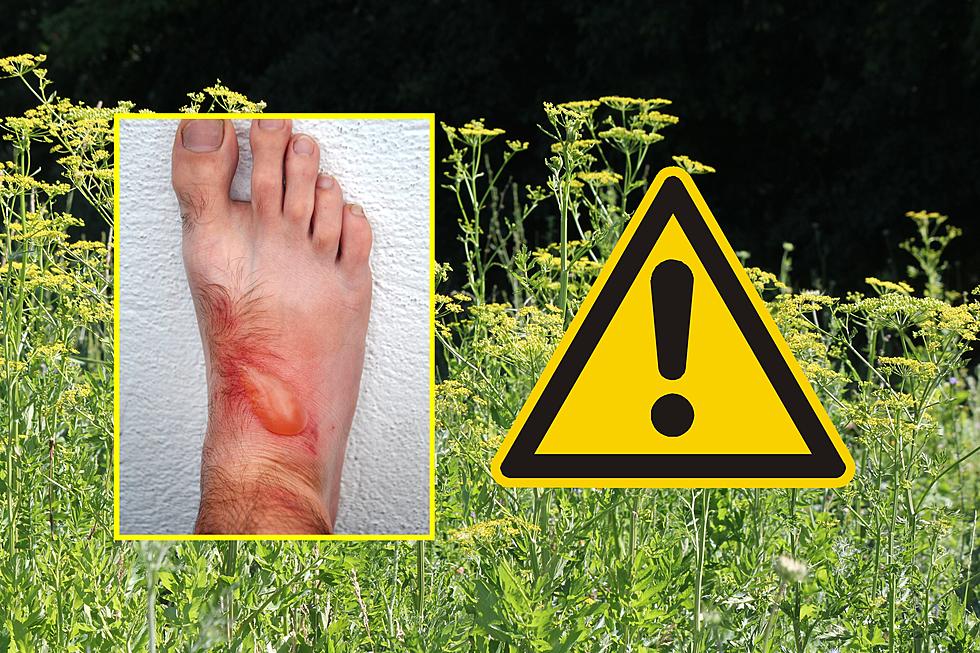
Rare Blue Crawfish Spotted and Released at Clarksville Tennessee Blueway
A family outing at the Clarksville Blueway turned into an extraordinary encounter when they stumbled upon a rare blue crawfish. Mel Dillard and his family were enjoying a leisurely float down the Big West Fork Creek of the Red River in Tennessee when they decided to take a break near one of the banks. Little did they know that this rest stop would lead to a remarkable discovery.
That's No Fishing Lure!
While resting, Mel's observant 11-year-old niece noticed something unusual floating in the water. Initially, they mistook it for a fishing lure, but upon closer inspection, they were astounded to find a striking blue crawfish. The creature's vibrant hue and distinctiveness left the family in awe. Even for seasoned river explorers like Dillard, who had embarked on numerous river trips, this was a sight unlike anything they had ever encountered.
What Are the Odds? 1 in 10,000!!!
According to the National Audubon Society, the blue crawfish species is incredibly rare, with odds of spotting one estimated at 1 in 10,000. Recognizing the significance of this discovery, the family made a thoughtful decision to release the crawfish back into the river. They understood the importance of preserving its natural habitat and allowing it to thrive among its fellow aquatic inhabitants.

Blue crawfish, also known as blue crayfish or blue lobsters, are caused by a genetic mutation that affects the pigmentation of their exoskeleton. The blue coloration in these crustaceans is the result of a genetic defect known as "leucism" or "leucistic mutation." [See video of another blue crawfish found in the wild below]
A Partial Loss of Pigmentation
Leucism is a condition characterized by a partial loss of pigmentation, resulting in a reduction or absence of coloration in the animal's skin, hair, feathers, or scales. In the case of blue crawfish, the blue color comes from a buildup of a blue pigment called astaxanthin, which is naturally present in their exoskeleton. The mutation affects the expression of other pigments, causing the typical reddish-brown coloration to be replaced by a striking blue hue.
Popular in the World of Exotic Pets
It's important to note that blue crawfish are not a separate species but rather a color variation of the common crayfish (Procambarus clarkii). These blue individuals can be found in some natural populations of crayfish, but they are more commonly encountered in aquariums and the pet trade, where their unique coloration makes them popular among enthusiasts.
Overall, the blue coloration of crawfish is a fascinating example of genetic variation and adds to the diverse array of colors observed in the animal kingdom.
Protect and Preserve Nature
Encounters like these remind us of the incredible diversity and beauty found in our natural world. The Clarksville Blueway continues to be a haven for outdoor enthusiasts, offering not only recreational opportunities but also the occasional brush with nature's rare treasures. The Dillard family's experience serves as a reminder to cherish and protect our environment, ensuring that future generations can also enjoy the wonders that lie within it.
[Source: Clarksville Now]
LOOK: Here are the 25 best places to live in Tennessee
More From WDKS-FM









